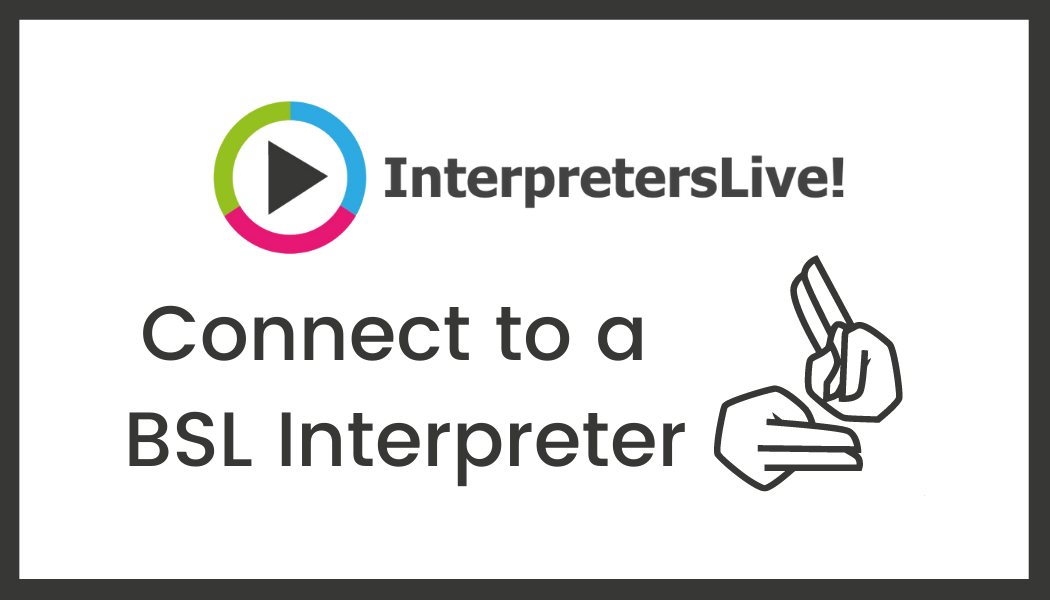
A 2019 Diversity in Sport Governance report found that while women accounted for 40% of board members across Sport England and UK funded bodies, diversity in areas such as ethnicity and disability remained a challenge. The report stated that just 5.2% of all board members identified themselves as ethnically diverse, and only 5% considered themselves to have a disability, compared to around 13% and 22% of the wider UK population, respectively.
Additionally, people on sports boards are more likely than the wider population to have attended private schools and prestigious universities, with Olympic and Paralympic sports boards reporting a higher than average proportion of Oxbridge board members.
Work on improving diversity in leadership is not limited to sports. In 2020, just 4.7% of the most powerful roles were filled by non-white individuals, according to Green Park’s 2020 report, The Colour of Power.
Recent figures from the Office for National Statistics (ONS) revealed that disabled people in work were significantly less likely to be employed as managers, directors or senior officials, or to be employed in professional occupations (27.2%) than non-disabled people (34.5%).
The importance of diverse leadership
2019 research from Mckinsey found that companies in the top quartile for gender diversity on executive teams were 25% more likely to have above-average profitability than companies in the fourth quartile, up from 21% in 2017 and 15% in 2014.
When it came to ethnic and cultural diversity, Mckinsey found that the top-quartile for diversity outperformed those in the fourth by 36% in profitability, up from 33% in 2017 and 35% in 2014.
Of course, the benefits of diverse leadership teams in sports extend further than commercial gains; they help to deliver the highest standards of good governance and drive effective and inclusive decision-making across the sector and within the communities they serve.
While it’s clear that progress is being made in increasing the numbers of women in sports leadership positions, more work needs to be done to ensure the sector is truly representative of the society that we live in.
What is being done?
Several high profile sporting organisations and bodies have launched initiatives that aim to boost diversity, particularly when it comes to senior and leadership positions. Some of the most well-publicised include:
Football Association (FA)
In October 2020, the FA launched the Football Leadership Diversity Code to drive diversity and inclusion across English football. Over 40 clubs across the Premier League, EFL, Barclays FA Women’s Super League and FA Women’s Championship committed to tackling inequality across senior leadership positions, broader team operations and coaching roles. The FA also launched its Widening the Net Initiative to increase the number of disabled, female and ethnically diverse referees (who they identified as making up only 1%, 3% and 4% of the refereeing workforce, respectively).
UK Athletics (UKA)
In January 2021, UKA announced several key activities as part of its Equality, Diversity and Inclusion (ED&I) programme. It included the ‘Let’s Talk About Race’ programme, which will run from 2021 to 2024, and outline actions around engagement, recruitment and retention, as well as progressing talent from within.
British racing
Most recently, British racing’s leading organisations signed up to a unified “Industry Commitment” to improve diversity and inclusion across the sport. The commitment has established five key areas – leadership and accountability, good governance, education and awareness-raising, celebrating racing’s diversity and engaging new audiences – with each organisation responsible for identifying its priorities and activities under those broad headings.
Signatures to the new Industry Commitment include the British Horseracing Authority (BHA), Racecourse Association (RCA), Racehorse Owners Association (ROA), Thoroughbred Breeders Association (TBA), National Trainers Federation (NTF), Professional Jockeys Association (PJA), National Association of Racing Staff (NARS) and Great British Racing (GBR).
level= Your partner in action
The future of sport is driven by difference; closing the gaps around gender, race, disability, neurodiversity, and sexual orientation to ensure opportunity and social mobility for all. Here at level=, it’s our mission to help every sports organisation, regardless of size or scope, bring diversity and inclusion to their leadership and broader teams.
Whether you are building greater equity within your organisation or looking to take the next step in your career in sport, our team is committed to working with you to offer the skills, services and access to a globally diverse and level field of possibility.
Connect with us on 020 8392 9959 or email hello@levelequals.com.




